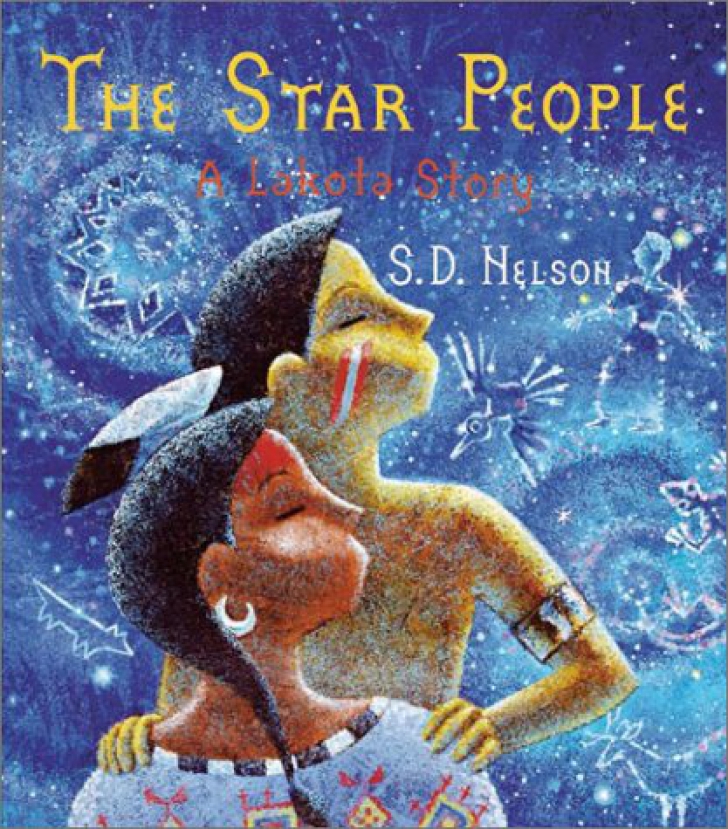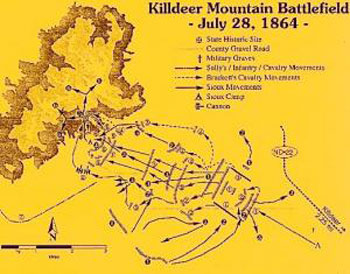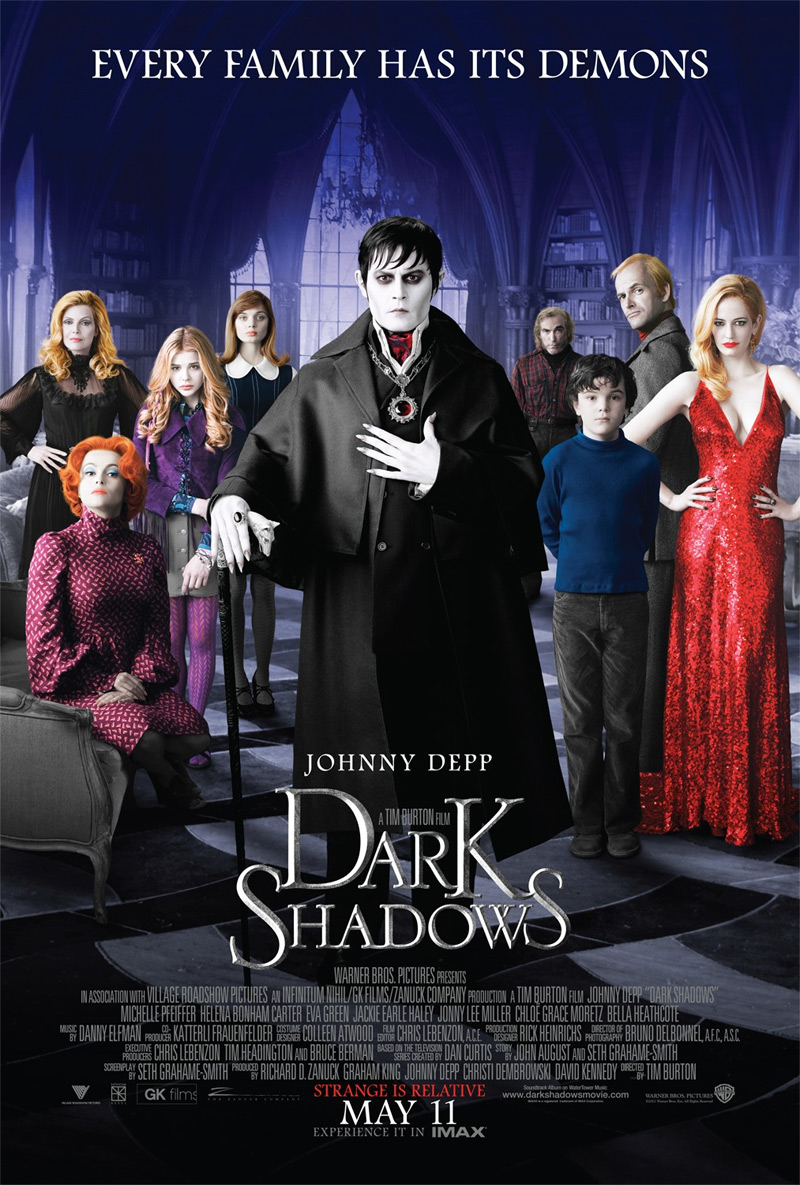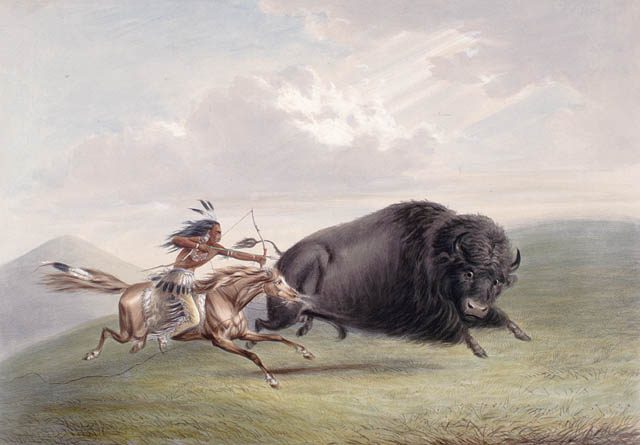S.D. Nelson's "The Star People." Get your copy of this beautifully illustrated book.
Star Stories Told In The Days Of Winter
By Dakota Wind
FORT YATES, N.D. - The Lakota people call the month of February Čhaŋnápĥopa Wi (The Moon of Popping Trees) orThiyŏĥeyunka Wi
FORT YATES, N.D. - The Lakota people call the month of February Čhaŋnápĥopa Wi (The Moon of Popping Trees) or
The needle dropped
below zero and the only news the wind carried was that more cold was on the
way. Over a hundred people gathered together over the course of two evenings at
Sitting Bull
College in Fort
Yates , ND in the heart of winter, to hear a Lakota visitor, an elder from South
Dakota, share the Lakota Creation Story and Lakota
Star Knowledge.
The room was filled
with the murmur of raucous laughter, playful teasing and the cries of hungry
babies when an assuming man entered the room and quietly prepared at a table
near the front of the room. His name, Rick Two Dogs.
Two Dogs, an Oglala
Lakota from the Pine Ridge Sioux Indian Reservation, began the first evening
with a little exposition that the stories he was going to share were told in the lodges
around the campfire long ago. These were the kind of stories that were shared
by the Lala and Uŋči (Grandfathers and Grandmothers) and one can feel the weight of
centuries and tradition echo in Two Dogs’ tranquil voice when he began the
evening with a prayer of Whŏpila, Thanksgiving.
The attention and
quiet in the room which followed was like the crack of a whip, sudden and sharp,
and even the youngest of children quickly stood in quiet respect when prayer was invoked.
When the prayer concluded, a traditional horseman named Jon reiterated to the mass what many
already know, that elders eat first, then visitors before the rest. Young women
dashed off to the front of the line to prepare bowls of bapa soup, a traditional soup made with corn and jerked meat, wŏžapi, a type of pudding traditionally
made with chokecherries but for these two evenings is made with blueberries,
fresh fried bread and steaming black coffee for the elders. Everyone else formed a line and the jocular murmur of laughter and teasing among friends returned.
When hunger was satiated and thirst was slaked, Jon introduced Two Dogs in Lakota and English.
Two Dogs isn’t just unassuming, he’s self-deprecating, and is quick to
attribute or credit others for the stories he shared, his Lala especially, who witnessed the Battle of Little Bighorn when he
was ten years old.
Two Dogs recalled his
Lala fondly. He took his meals seated
on the floor, speared his food with his knife and refused the aid of a fork. He
would look askance at anyone who offered him a napkin, and wiped his hands on
his braids. During the long winter nights, his Lala put a few sprigs of cedar on the wood-burning stove, the
kerosene lamps were doused, and firelight lit the home.
When Two Dogs opened
the floor to field questions, one man asked, “Why are these stories told only
in the winter?” Two Dogs replied that he once asked the Lakota scholar Albert
White Hat the same thing and was told that if the stories were told out of
season, one would get a hairy butt crack, but quickly reminded the crowd too,
that the stories were shared when the world was at rest.
The following night,
Two Dogs and his wife asked everyone to imagine the room as though it were one
great lodge with one entrance. They divided the room between the sexes with men
on the left half of the lodge and the women on the right. Between the men and
women they explained was a path, a path of wisdom. The men sat in descending
order from eldest to youngest going left from the path, just as the women sat
in descending age from eldest to youngest, only they sat in order right from
the path. It was an exercise in tradition and order.
Two Dogs’ stories
are the traditional stories of the people, and should best be listened to in
person, on a cold winter night, after supper, in the natural dark.
Haŋhépi čhaŋečela héčhuŋpi (This was done only at night).
Waniyetu čhaŋečela héčhuŋpi (This was done only in the winter).
























